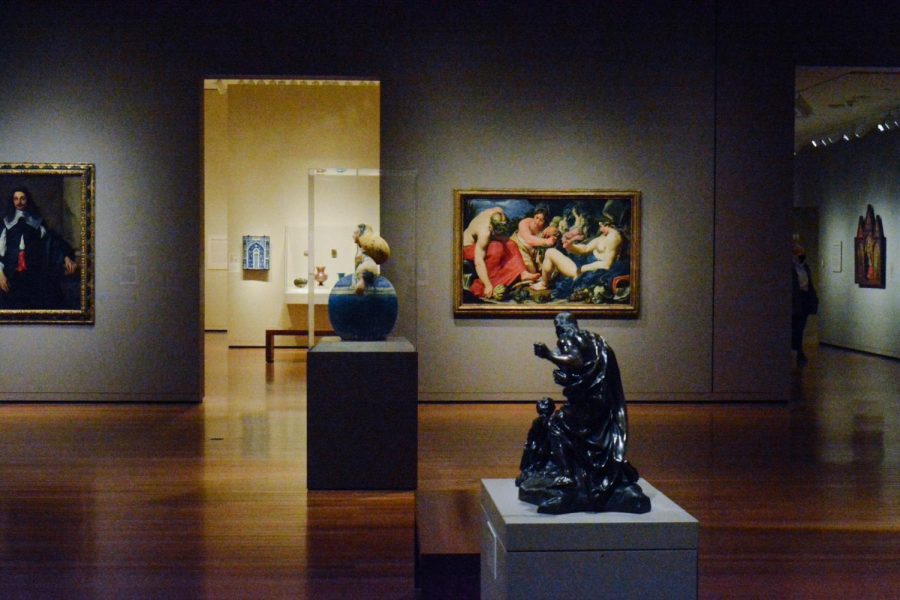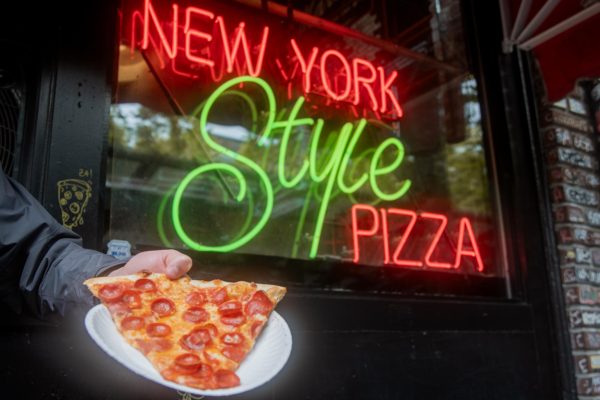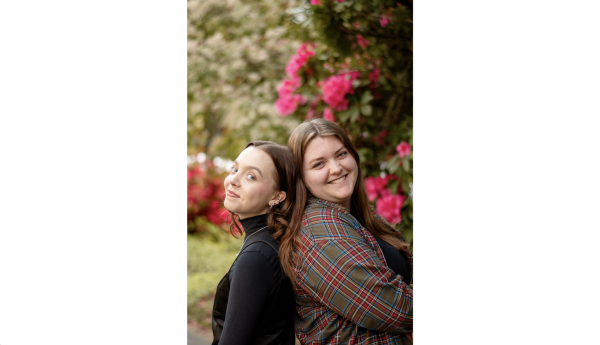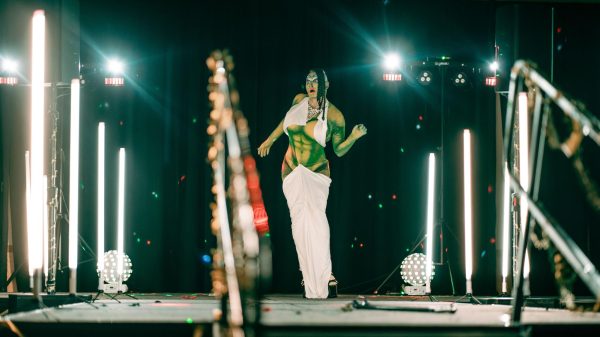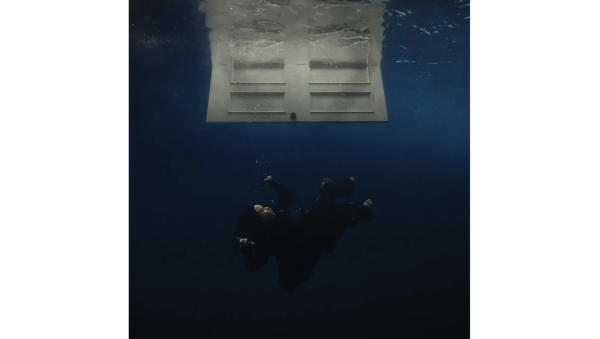Solitude at the SAM: The Museum’s Short Lived Reopening During Covid-19
Seattle Art Museum recently reopened its collection of European art to the public under new COVID regulations.
The Seattle Art Museum (SAM) opened at 25% capacity and for once, viewing an art exhibit in complete solitude is possible. The SAM’s quiet and limited-capacity reopening may be the best COVID-friendly opportunity Seattleites will have to view art, if they feel safe enough to do so.
COVID-19 presents a unique chance to view art without the crowds, lines and clamor of a traditionally packed museum. Many art-deprived Seattleites have long-awaited the museum’s reopening, and the SAM has plenty of new exhibitions to make up for lost time.
“City of Tomorrow,” the SAM’s latest exhibition, is the museum’s most self-reflective exhibit to date. The museum blog has been keeping art-lovers informed with detailed blog posts highlighting the current exhibits.
“City of Tomorrow features 64 works created between 1943–2003 that define bold and experimental art movements across the United States and Europe…The exhibition will also include archival photographs, ephemera and other materials that trace the transformation of SAM, the city, and Washington state” according to the SAM’s blog.
The exhibit displays the art collection of Virginia Wright (1929-2020), a long-time Seattle resident who devoted her life to advocating for and collecting contemporary art.
“City of Tomorrow” presents a colorful utopia, featuring a vibrant display of colorful contemporary art from the likes of Mark Rothko, Morris Louis and Frank Stella. The SAM’s exhibit description expresses gratitude towards Virginia “Jinny” Wright’s generous donation.
“Jinny’s collection is a transformative gift for SAM and a foundation on which we will build. As we consider the pressing issues of our time, the museum envisions the city of our tomorrow with new collection priorities and artists that represent and reflect our broader community.”
The SAM’s commitment to social justice and inclusivity is especially apparent in the museum’s latest exhibitions. “The Geography of Innocence”, a new exhibit by Barbara Earl Thomas, will be available to the public Nov. 20.
According to the SAM’s blog, the exhibition “centers black youth in a series of all-new artworks at once delicate and resilient. Barbara Earl ThomasThis Seattle-based artist uses cut-paper and glass portraits and transforms an entire gallery into a luminaria.” “The Geography of Innocence” celebrates young lives and their futures in full consciousness of the pervasive violence against Black children.”
Svetlana Sohoni, a second-year student at Seattle U pursuing a major in political science, expressed admiration of Thomas’ work.
“I was learning about her work as a printmaker in class, and how she incorporates race into her work, and her lived experiences as a black woman,” Sohoni said. “I admire that she’s put her personal experiences into her work and they really shine through. That personal aspect is lacking in a lot of art.”
“Ark”, a video exhibit from artist Lynne Siefert, examines the climate crisis through realistic, dystopian images. Available from Oct. 23 to March 21, viewers can experience Siefert’s surreal cinematography in the museum’s mini-theatre.
Sohoni watched this film during her visit to the museum and noted some of her key takeaways from the experience.
“It was really dreary to watch,” Sohoni said. “I was mainly watching the part of the cruise- it looked monotonous and boring, and it was depressing to watch. I think it showed a good preview of how our actions are leading up to something that we aren’t gonna be able to fix.”
By featuring exhibits that reflect the tone of 2020, such as the Black Lives Matter movement, economic turmoil and the state of our planet, the SAM has made attendance tempting. However, as COVID-19 cases reach an all-time high in Seattle, possible attendees voice concerns about visiting.
Michael Evans, a second-year photography student at Seattle U and life-long Seattle resident, stated her concerns about visiting the museum.
“I don’t think it’s safe to visit, because COVID-19 cases are on the rise in Seattle,” Evans said. “Especially with the new mandate—closing restaurants and other public events, it’s best to stay inside.”
Evans visited the museum Oct. 2019, and recalled the large crowds at the museum, which made viewing art distracting. Sohoni, who visited the museum last week, did not have the same experience.
“It was nice to stand in front of a piece of art on your own and enjoy it,” Sohoni said.
Although attendees are having pleasant experiences visiting the museum, revenue is not comparable to the pre-COVID-19 economy. According to an interview with Seattle-based museum consultant Susie Wilkening for Crosscut news, museums will struggle to generate revenue.
“There’s a huge financial consideration for doing all that work to safely reopen,” Wilkening said. “For virtually all museums, [the cost] will be greater than the admissions they could hope to get at 25% capacity.”
Finances aren’t the only threat to the longevity of these museums. With new COVID-19 procedures being implemented this week, Seattle museums will be forced to close as fast as they opened.






